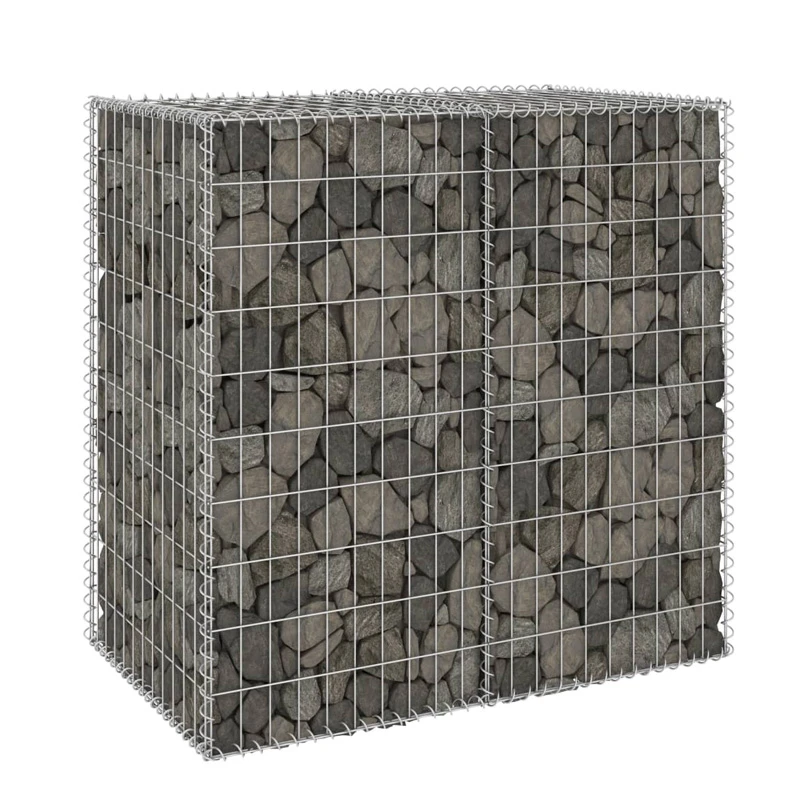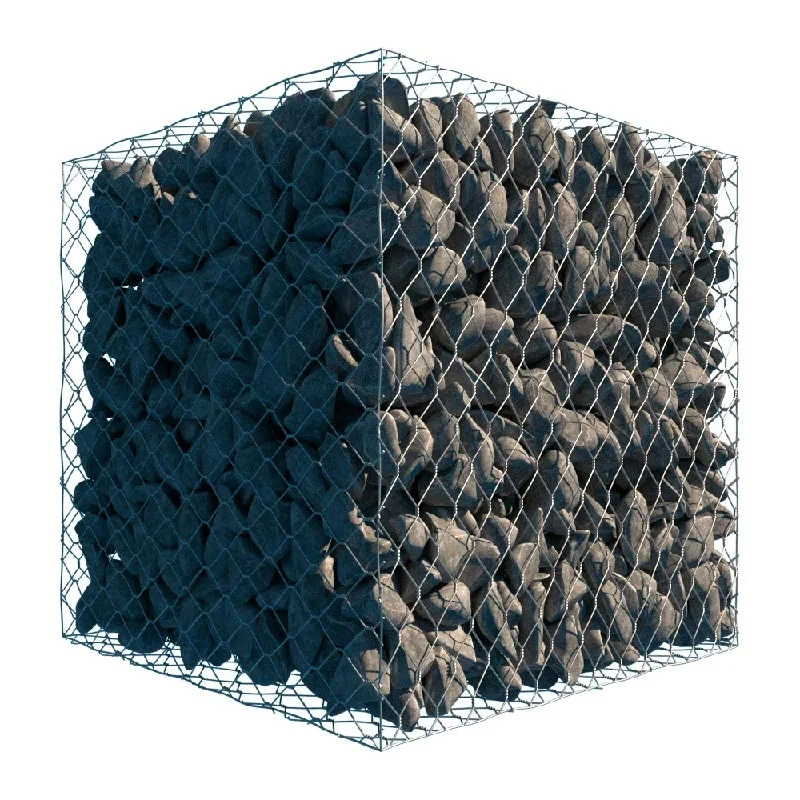-
+86 15030157877
-
sales@galvanizedmetalmesh.com
When it comes to durable, versatile, and aesthetically pleasing solutions for construction and landscaping projects, HEBEI WEICHUN WIRE MESH TRADE CO., LTD. offers superior Hexagonal Gabion and Welded Gabion systems designed to meet the highest industry standards. Our gabions combine functionality with visual appeal, making them ideal for a wide range of applications, from erosion control to architectural design.
Our Hexagonal Gabion is crafted from high-quality, double-twisted wire mesh, providing exceptional strength and flexibility. This traditional design is perfect for retaining walls, riverbank protection, and slope stabilization, offering natural drainage and resistance to ground movement. The hexagonal weave ensures durability while maintaining an organic, rustic appearance that blends seamlessly into natural environments. Whether used in civil engineering projects or landscape architecture, our Hexagonal Gabions deliver long-lasting performance with minimal maintenance.
For projects requiring a more rigid and structured solution, our Welded Gabion systems are the ideal choice. Constructed from welded wire mesh panels, these gabions provide superior load-bearing capacity and precise geometric stability, making them perfect for architectural facades, noise barriers, and decorative installations. The welded design allows for cleaner lines and a more modern aesthetic, suitable for urban developments and contemporary designs.
What Are Gabion Retaining Walls?
Gabion retaining walls are innovative and highly effective structures used to stabilize soil, prevent erosion, and create level surfaces in areas with slopes or uneven terrain. These walls are constructed using gabion baskets or cages, which are typically made from durable wire mesh and filled with rocks, stones, or recycled concrete. The flexibility and permeability of gabion walls make them a preferred choice for civil engineering, landscaping, and environmental restoration projects.
Unlike traditional concrete retaining walls, gabion walls are designed to adapt to ground movement without cracking or collapsing. The wire mesh containers are filled with locally sourced materials, reducing construction costs and environmental impact. The natural drainage properties of gabion walls prevent water buildup behind the structure, minimizing hydrostatic pressure and the risk of failure. This makes them particularly suitable for riverbanks, highways, and hillside stabilization, where erosion control is essential.
Another advantage of gabion retaining walls is their aesthetic versatility. The combination of wire mesh and natural stone creates a visually appealing, rustic look that blends seamlessly into both urban and rural landscapes. Architects and designers often use gabion walls for decorative purposes in parks, gardens, and commercial properties, where they serve dual functions as both structural supports and artistic elements.
Gabion retaining walls are also easy to install and require minimal maintenance. The modular design allows for quick assembly, even in challenging terrains, and the materials used are resistant to corrosion and weathering. Whether for large-scale infrastructure projects or small residential applications, gabion walls provide a cost-effective, durable, and eco-friendly solution for soil retention and erosion control.
What Are the Key Benefits of Gabion Wire Mesh Cages for Retaining Walls?
Gabion wire mesh cages offer numerous advantages over conventional retaining wall systems, making them a popular choice for engineers, landscapers, and architects. One of the primary benefits is their exceptional strength and durability. The wire mesh, usually made from galvanized or PVC-coated steel, provides a robust framework that withstands heavy loads and harsh environmental conditions. Unlike rigid concrete walls, gabion cages can flex slightly under pressure, preventing cracks and structural failures caused by soil movement or seismic activity.
Another significant advantage is natural drainage and erosion control. The porous structure of gabion cages allows water to flow freely through the wall, reducing hydrostatic pressure and preventing soil erosion behind the structure. This makes them ideal for use in flood-prone areas, riverbanks, and coastal zones where water management is critical. The permeability of gabion walls also promotes vegetation growth, further stabilizing the soil and enhancing ecological balance.
Cost-effectiveness is another major benefit. Gabion cages are typically filled with locally available rocks or recycled materials, significantly reducing transportation and material costs. Their simple, modular design allows for quick installation without the need for heavy machinery or specialized labor, cutting down on construction time and expenses. Additionally, gabion walls require minimal maintenance over their lifespan, as the wire mesh and stone fill are highly resistant to weathering and degradation.
From an environmental perspective, gabion cages are a sustainable choice. They use natural or recycled materials, minimize the carbon footprint of construction, and can be easily dismantled or repurposed if needed. Their aesthetic flexibility also allows them to blend into natural surroundings or serve as decorative features in urban landscapes.
For projects requiring long-term stability, eco-friendliness, and cost efficiency, gabion wire mesh cages provide an unbeatable solution for retaining walls.
What Are Gabion Baskets Used For?
Gabion baskets are versatile wire mesh containers filled with stones, rocks, or other durable materials, and they serve a wide range of applications in construction, landscaping, and environmental engineering. One of their most common uses is in erosion control and slope stabilization. Installed along riverbanks, coastlines, and hillsides, gabion baskets prevent soil displacement caused by water flow or weathering, maintaining the integrity of the terrain.
In civil engineering and infrastructure projects, gabion baskets are widely used for retaining walls, bridge abutments, and road embankments. Their flexibility allows them to adapt to ground settlement and vibrations, making them more reliable than rigid concrete structures in earthquake-prone areas. They are also employed in noise barriers along highways, where their mass and density help absorb sound effectively.
Landscapers and architects frequently use gabion baskets for aesthetic and functional purposes. They can be shaped into benches, planters, or decorative walls, adding a modern yet natural element to gardens, parks, and urban spaces. The open structure of the baskets allows for vegetation to grow through them, creating green walls that enhance biodiversity.
Another innovative application is in flood defense systems. Gabion baskets are used to construct check dams and channel linings that redirect water flow and reduce erosion during heavy rains. Their permeability ensures that water passes through without causing structural damage.





